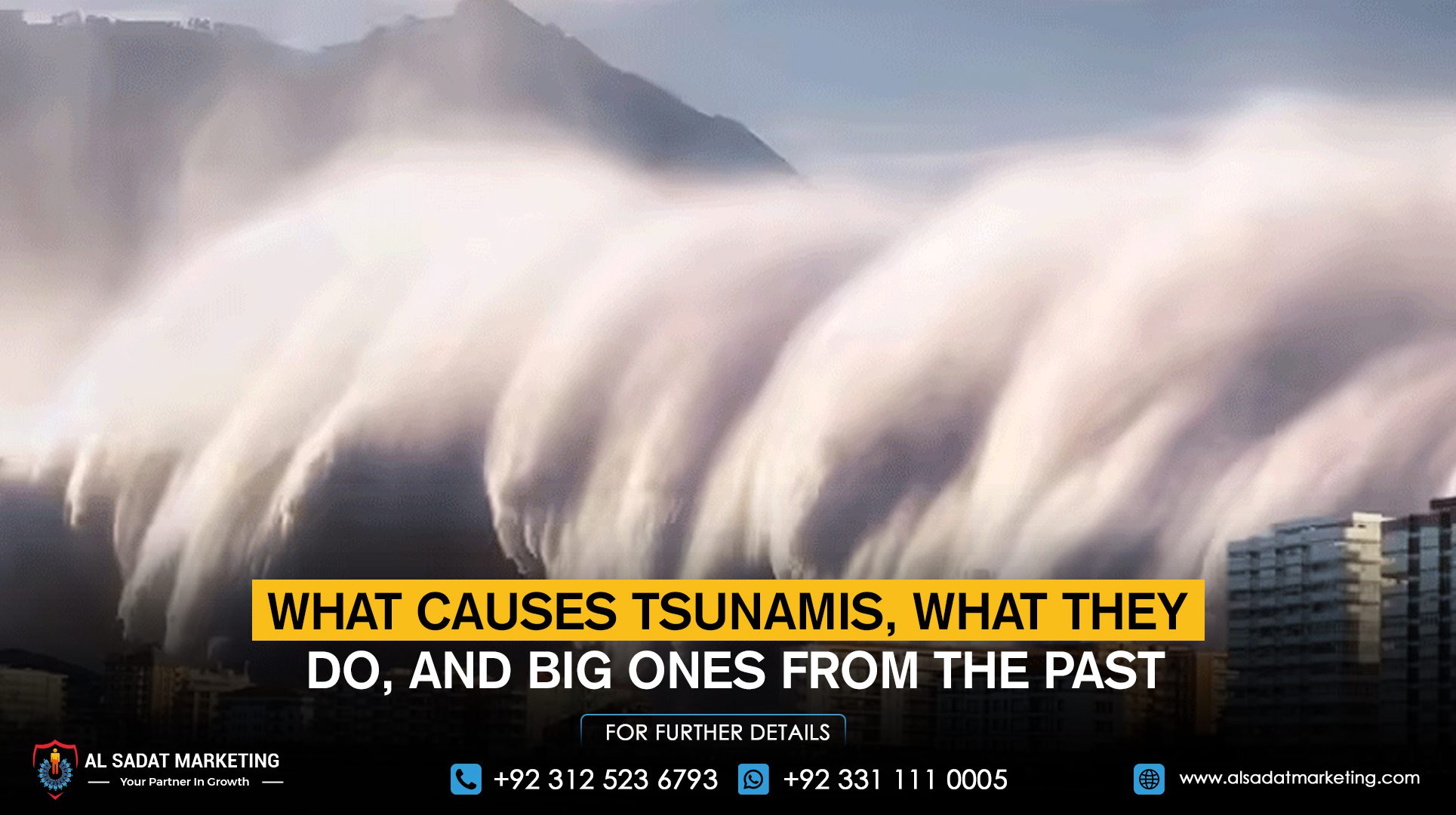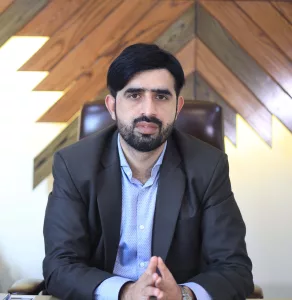A powerful 8.7 magnitude earthquake near Russia’s Far East has triggered tsunami alerts across the Pacific, raising global concern over one of nature’s deadliest disasters. While the quake did not immediately cause major damage, it brought fresh attention to the risks tsunamis pose to coastal communities.
Tsunamis are giant waves usually caused by undersea earthquakes. These waves travel at very high speeds, up to 800 km/h, and can cross entire oceans. In deep waters, they may go unnoticed, but when they reach shallow coastal areas, they rise into massive walls of water, capable of destroying homes, roads, and anything in their path.
Though earthquakes are the main cause, tsunamis can also be triggered by volcanic eruptions, underwater landslides, or even meteorite impacts. Historical records show deadly examples, such as the 1883 Krakatoa eruption that caused waves killing over 30,000 people, and the 2004 Indian Ocean tsunami that took around 220,000 lives across 11 countries.
The 2004 disaster, caused by a 9.1 magnitude earthquake near Sumatra, was one of the worst ever recorded. Entire towns were swept away in minutes. The tragedy highlighted the urgent need for early warning systems, especially in the Indian Ocean, where none existed at the time.
Today, many countries in the Pacific “Ring of Fire,” like Japan, Indonesia, and Chile, have strong early warning networks. These systems use underwater sensors and satellites to detect signs of a tsunami and alert people quickly. However, even with such technology, quick public response is key to saving lives.
Signs of a tsunami include strong, long-lasting ground shaking and sudden retreat of seawater from the shore. People are advised to move to higher ground immediately if they see or feel any of these warnings. Experts say the first wave may not be the biggest; later waves can be even more deadly.
Pakistan, too, faces tsunami risk, especially along the Makran Subduction Zone. The 1945 tsunami in the region killed about 4,000 people in Karachi and coastal Balochistan. Since then, efforts have been made to improve monitoring and alerts. The Pakistan Meteorological Department now works with international agencies to track seismic activity and issue warnings.
Despite improvements, experts warn that public awareness and disaster training are still lacking in many vulnerable areas. Dr. Rafiq Shah, a geophysicist at the University of Karachi, stressed the need for stronger coastal defenses, school programs, and regular emergency drills. He added that climate change, while not a direct cause of tsunamis, could make them worse by raising sea levels, allowing water to reach further inland.
As technology improves with AI-powered warning systems and real-time monitoring, global response times are getting better. But the most effective defense remains a prepared and informed public. The recent quake near Russia is a reminder that tsunamis may be rare, but when they strike, they do so with deadly speed and power.
With tsunami alerts now active across the Pacific, governments and communities are on high alert. This latest event serves as a clear warning: no coastline is completely safe, and readiness can mean the difference between life and death.










